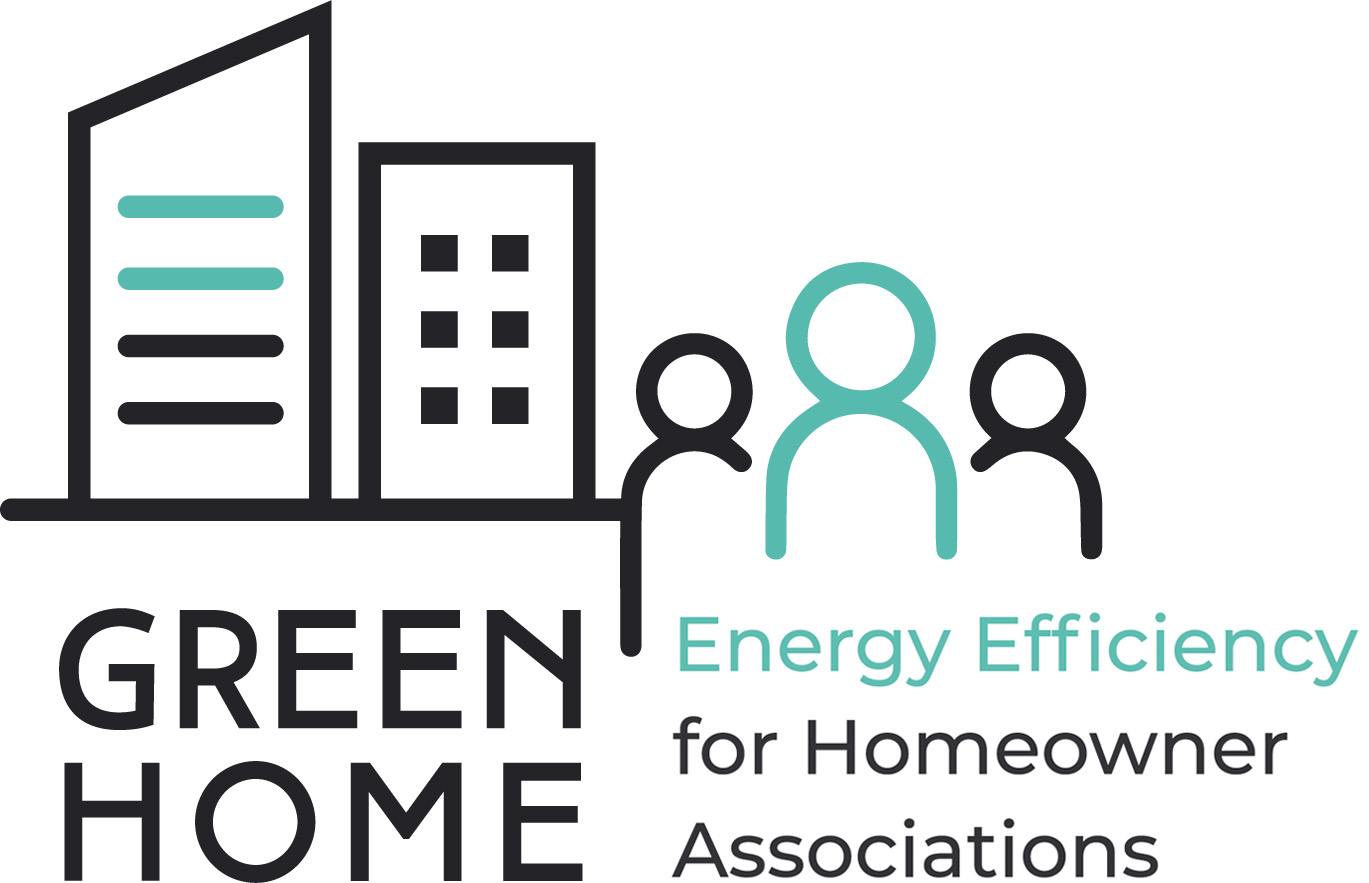
Ways to finance building renovation projects across the EU
05.04.2023
Deep building renovation can be financed in many ways. The increasing concern of citizens about energy bills open the opportunity for the financial sector to offer different financial mechanisms for financing renovation projects. At the current moment, a popular way how to finance these projects is using grants for the amount usually between 10-60% which are considered as an attractive opportunity. However, it must be noted that public financing capacities are limited and insufficient to meet the actual need for building renovation which is estimated to be around 275 billion EUR across the EU each year to achieve targets set for 2030.
Residents cannot expect that once they decide to renovate their building, a grant program will be available, and neither should they count on a new grant program appearing soon and therefore wait to renovate. Considering the newest regulatory instruments stemming from the European Commission that foresee renovation obligations, pressure to act sooner than later is advised for property owners.
Another common form is bank loans, which are compatible with grants and usually are for up to 20 years in the EU, while in Germany, more common practice is providing them on average from 5 to 8 years. Some banks may structure these loans as so-called green loans, which might offer clients a loan at slightly lower interest rates than standard loans. In those cases, the project must meet the conditions set by the bank in terms of generated savings.
Not only banks but also national development finance institutions can offer loans specifically for building renovation as there is growing demand, which can also be subsidised by creating it as an off-the-shelf financial instrument, therefore decreasing the financing costs for end users since these instruments foresee ESIF programme support and the financial advantage arising from such must be fully passed on the final recipients in the form of interest rate reduction. One example of this is the loans offered by Lithuanian Public Investment Development Agency specifically for building renovation, and on base of it, an off-the-shelf financial instrument was designed named “renovation loan”, which can be implemented in any Member State.
Another untraditional method is obtaining a loan from a municipal government in case it has implemented the Property Assessed Clean Energy (PACE) loan program, in which the municipality would issue bonds and attract investors, after which the municipality would issue loans in their area repaid as part of the property tax. These have not been popular due to regulatory complexity. The building owner repays the loan through an additional special “pay-as-you-go” payment on their property tax bill for a specified term. These “assets” are similar to loans in that the homeowner pays off their debts in instalments over a period of years but are not legally considered as such. If the owner of the property changes, the remaining debt is transferred with the property to the new owner. Property owners pay back the “surcharge” over a period of 15 to 20 years by increasing their property tax bills. The PACE concept is adapted to Europe through the EUROPACE project. As with PACE, the innovative nature of the EUROPACE mechanism is that funding is linked to the taxes paid on a property. In other words, the financing provided by a private investor is repaid through property taxes and other building-related charges. The EUROPACE mechanism also establishes a one-stop shop by involving multiple stakeholders in the process: local governments, investors, appliance installers and homeowners.
Tax incentives are also sometimes used to reduce the tax paid by consumers or companies that undertake energy efficiency investments, e.g., the Superbonus 110 initiative in Italy, which entitled homeowners to a tax credit of up to 110% (starting from year 2023 changed to 90%) on the cost of upgrading their property or the French scheme of reduced VAT on renovation works in residential buildings (10% and 5.5% as opposed to the normal rate of 20%).
It should be pointed out that often these instruments don’t have an ongoing measurement and verification process for projects results, which means that the performance over time is not considered; while it is of upmost importance to ensure long-lasting results, satisfied citizen and long-term impact on energy consumption and therefore the level of energy dependency. Therefore, mechanisms that ensure performance should be considered.
Another common form for financing multi-family building renovation is with on-bill schemes, which is a method of financing energy renovation investments in buildings that draw on utility bills as a repayment vehicle. On-bill schemes can be grouped in numerous ways, most often depending on who is the investor, which means that the scheme can be considered as on-bill financing in case the investor is the utility company or an on-bill repayment if the investor is a third party like a bank. They can also be grouped based on debt ownership transfer, so it can be an on-bill loan in case ownership of debt is not transferred when the apartment owner sells the apartment or an on-bill tariff where obligation is assigned to the property and therefore is transferred to the new owner.
Another financing tool is financing the project by the use of the Energy Performance Contract Plus (EPC+) model where the renovation service provider would pre-finance the implementation of the project and then receive payback from energy savings during the term of the contract. EPC+ models nowadays have many complementary tools like refinancing after project execution, e.g. the LABEEF model in Latvia. This model is already replicated in Poland under the Priority program by the Polish National Fund for Environmental Protection and Water Management, while the refinancing will be offered by the Polish Development Fund.
The GREEN Home consortium is working with stakeholders in Germany to analyse these and other financial tools to deliver an optimal financial instrument for Germany.



